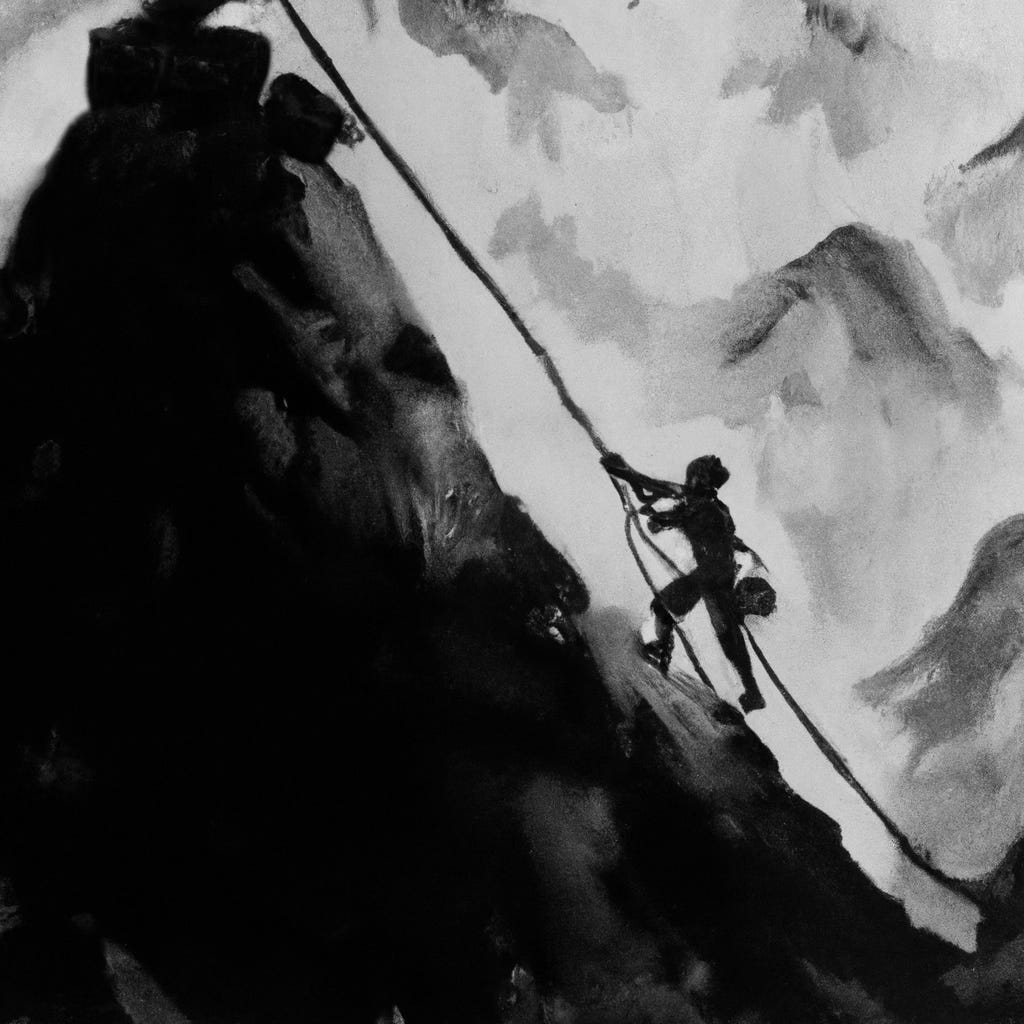Success in business is less about avoiding risk and more about knowing which risks are worth taking.
Risk isn’t something to avoid—it’s something to master. The best decisions come from knowing when uncertainty is an opportunity, not a threat.
Risk is not the enemy of success; misunderstanding it is. Every strategic decision carries inherent uncertainty, yet the difference between long-term growth and stagnation lies in the ability to distinguish between necessary risks and avoidable pitfalls. Avoiding all risk may provide short-term stability, but it also ensures long-term irrelevance. The market does not reward hesitation—it rewards precision.
The most successful individuals and organizations operate with a fundamental principle: risk should not be eliminated but optimized. This means understanding that certain risks are necessary investments. Entering a new market, launching an unproven product, or challenging an entrenched competitor all carry the potential for failure. However, they also present opportunities for asymmetric rewards. The key is not to seek guarantees but to develop a framework for evaluating whether the potential upside justifies the exposure.
The ability to assess risk effectively comes from a deep understanding of both the external landscape and internal capabilities. Those who fail in risk-taking often do so not because they take chances, but because they do not account for the real variables at play. Successful risk-takers operate from a position of strength, not impulse. They move forward when the timing is right, not simply because they are impatient for results. They recognize that uncertainty is not a flaw in the system but a fundamental condition of operating in a competitive environment.
Contrary to conventional wisdom, experience alone does not create better risk assessment. Patterns change, markets evolve, and what worked yesterday may not work tomorrow. The ability to process complex information quickly, challenge assumptions, and make decisions under pressure is a far greater advantage than relying on past success. The best decisions come from a disciplined approach to risk, where data, instinct, and strategic foresight align.
Risk is not a gamble—it is a tool. The difference between those who lead and those who follow is not the presence of risk but the ability to harness it effectively. The greatest breakthroughs, both in business and in thought, come not from those who played it safe, but from those who understood which risks were worth taking and acted decisively.

